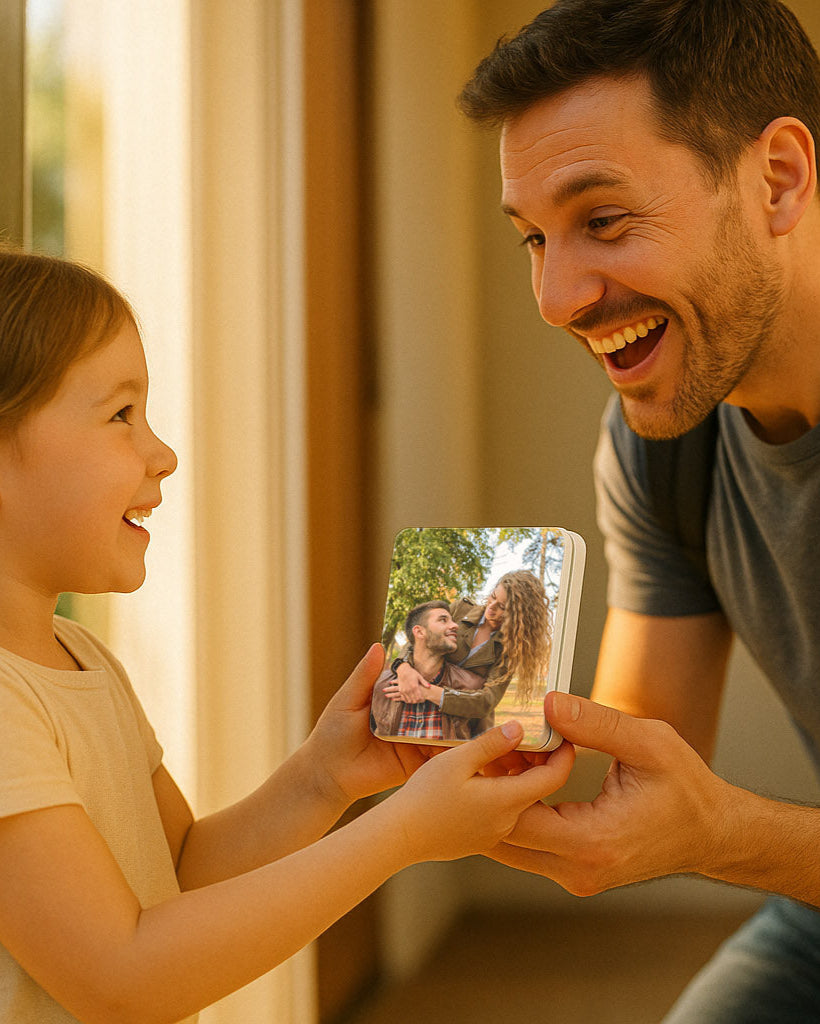Tea Coffee & Sugar Canisters: Build a Faster, Tidier Brew Station (Plus a Smart Travel Trick)
You know that five-minute window between “I’m awake” and “I’m actually human”? That’s where a well-organised brew station earns its keep. Whether you call them tea coffee and sugar canisters, coffee tea & sugar canisters, tea and coffee sugar canisters, or even coffee tea and sugar holders, the idea is the same: airtight storage that makes mornings smooth and counters calm.
This guide takes a practical, design-first look at choosing and arranging tea coffee sugar canisters—from sizing and seals to labels and layout. And because life happens beyond the kitchen, we’ll also share a sleek, pocket-size hack for carrying your favourite tea on trains, planes, and office days.
Why a three-canister setup still wins
-
Predictable workflow: Everything lives where you brew. Less rummage, more sip.
-
Freshness control: Tea (bags or loose), ground coffee, and sugar hate air and humidity; good seals keep flavour and texture.
-
Visual calm: Matching vessels reduce visual noise and make small kitchens feel bigger.
If you’re searching phrases like canisters coffee tea sugar or tea and coffee and sugar canisters, you’re already halfway to a calmer countertop.
Start with function: your checklist
-
Airtight closure – silicone gasket or clamp-lid that actually compresses.
-
Light protection – opaque or tinted bodies for tea/coffee; sugar is less fussy.
-
One-hand lids – when the kettle’s whistling, you’ll thank yourself.
-
Label clarity – large, high-contrast “Tea / Coffee / Sugar” visible at brew height.
-
Easy clean – smooth interiors; removable seals for a proper dry.
A note on “holders” vs “canisters”
Listings sometimes say coffee tea and sugar holders when they mean canisters. As long as they’re airtight and food-safe, the naming isn’t a deal-breaker—just double-check materials and seals.
Pick the right size (based on habits, not guesses)
-
Tea bags: A typical 1 L canister fits ~60–80 standard sachets. If you rotate flavours, use two smaller vessels to prevent stale mix-aromas.
-
Loose tea: Leave headspace so leaves aren’t crushed—800–1200 ml works for frequent drinkers.
-
Ground coffee: Store a week’s worth on the counter; keep the rest sealed away from light.
-
Sugar: Granulated flows best in wide-mouth canisters; cube lovers want a taller jar.
Tip: Measure shelf gaps. Many people buy beautiful tea coffee sugar canisters only to find the lid taps the underside of wall cabinets.
Materials & finishes (quick and honest)
-
Metal (tinplate/stainless): Light, durable, light-blocking. Matte hides fingerprints; gloss pops but shows smudges.
-
Ceramic: Heavier, cosy vibe, excellent odour resistance.
-
Glass: Visibility is great; stash away from direct sun.
-
Lids: Bamboo or beech with silicone rings are reliable; metal bail-clamps are classic and airtight when quality is good.
If you host often, favour wide mouths and scoop-friendly shapes. If you have little hands helping at breakfast, look for soft-close lids.
Layouts that speed you up
-
Triangle flow: Kettle in the centre; canisters on the “prep” side; mugs on the “serve” side.
-
Slim galley: Line up left→right in order of use: Tea → Coffee → Sugar (or your personal sequence).
-
Tray approach: Place your coffee tea & sugar canisters on a shallow tray with a teaspoon; it looks styled and catches drips.
-
Shelf feature: If you have open shelving, vary heights slightly for a casual, café feel.
Labels people actually read
Large, high-contrast labels beat dainty scripts at 7 a.m. If you love custom fonts, put them on secondary tags and keep primary labels bold. Consider tactile markers (raised dots/lines) so you can identify tea and coffee sugar canisters without even looking.
Set of three vs modular build
-
Sets of three keep finishes, fonts, and proportions unified—great value and instant harmony.
-
Modular builds (buying singles) work if you drink espresso daily but tea monthly. Keep style consistent (same body/lid) to avoid a visual patchwork.
Maintenance to keep flavours honest
-
Wash canisters before first use; dry completely (a few grains of uncooked rice overnight helps).
-
Every month, remove seals, clean, and air-dry.
-
For odours, a scoop of baking soda in an open dish placed inside the empty canister overnight works wonders.
Hosting, gifting, and small kitchens
-
Hosting: Pre-load tea bags in flavours (“English Breakfast”, “Earl Grey”, “Green”) and rotate a front-facing card instead of buying more canisters.
-
Gifting: A set of coffee tea and sugar holders plus a little scoop and your favourite blend = instant house-warming win.
-
Tiny flats: Consider stackable cylinders or a double-tier riser to reclaim vertical space.
The travel problem (solved neatly)
Hotels with sad sachets. Offices with nothing you like. Commutes that need a comfort brew. Enter the pocket-size personalised tea bag storage tin—a slim, metal case sized for 3–5 sachets, customised with your name (or a fun pattern) so it never goes missing.
Why it’s brilliant
-
Crush-proof: No more tea dust in your tote.
-
Clean & discreet: Looks tidy when you pull it out in a meeting or on a flight.
-
Flexible: Pack black, green, or herbal—your call.
-
Giftable: Pair with a mini tea sampler and a note: “Brew happiness, anywhere.”
Think of it as the commuting companion to your stay-home tea coffee sugar canisters—same spirit of order, just pocket-friendly.
Quick answers (new questions, fast wins)
Can I mix tea and coffee in one canister?
Technically yes, but aromas mingle. Use separate vessels or inner pouches.
Will glass fade tea faster?
Only if it sits in bright light. Keep glass away from windows or use tinted versions.
What if I don’t use sugar?
Repurpose the third jar for biscuits or cocoa—still visually balanced, still practical.
Clamp-lid or push-seal?
Clamp-lids give an obvious lock; push-seals are quieter and faster one-handed. Pick your preference and stick with it across the set.
Are chalk labels messy?
Not if you choose oil-based chalk markers; they wipe clean with a dab of rubbing alcohol.








